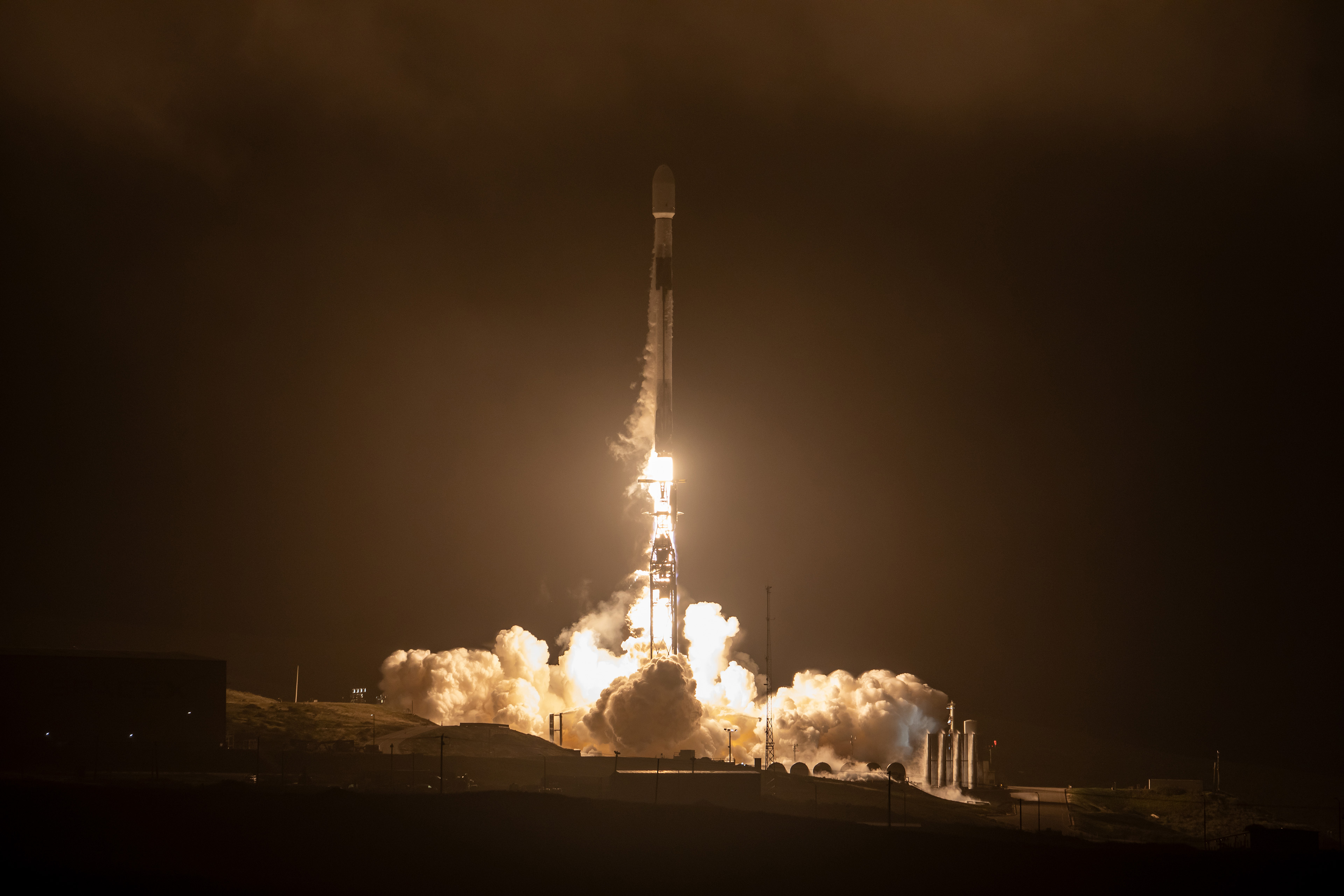The growth of the commercial space industry — and the waste it produces — may paradoxically hinder the viability of space as a new frontier for sustainability.
In the last two decades, more than 130 million pieces of human-made debris have been found in space. Most of the debris is found in low Earth orbit, originating from satellite explosions and collisions, experts say.
“What is clear is that mostly commercial entities have caused a drastic increase in launch traffic, said Simone D’Amico, associate professor of aeronautics and astronautics. “This is also a contributor to the increase in the debris population.”
However, satellite use is also crucial for planetary health, such as monitoring disasters and observing the effects of climate change, he noted.
“Nowadays, space flight is a key tool to ensure or to facilitate sustainability of our life on earth,” D’Amico said. “You have to see that there are two sides of the coin. It’s the space flight sustainability paradox.”
The public is split on whether the commercial space industry is up to the task of cleaning up space debris. A 2018 survey found that 48% of Americans have a fair amount or great deal of confidence that private companies will minimize space debris, while 51% have little to no confidence.
Stanford experts are in broad agreement that weak legislation has held back space sustainability. There are currently about 10,000 active satellites in space, and almost six times this number of current satellites are expected to launch by 2030.
To regulate this field, the International Telecommunication Union, a United Nations agency, is allocating free orbital parking slots for satellites. This system is intended to prevent collisions and provide equitable distribution of resources between countries.
But relying on a regulatory system without enforcement leads to “zero incentive to conserve” resources and avoid wasteful use of slots, according to professor of economics emeritus Roger Noll.
“You’re stuck with a system where you have to depend on rules and rules enforcement,” he said. “And then that raises the magic question, ‘How do you get enforcement?’ Because the international system isn’t designed to enforce its rules.”
Space law, which transcends border boundaries, needs “some sort of common thread that flows across jurisdictions,” said second-year climate governance Ph.D. candidate Eeshan Chaturvedi ’26.
Cooperation between countries with hostile relationships is “the big problem,” Noll said.
The geopolitical tensions between China, Russia and the United States positions each to strive towards being a major space power, geopolitical analyst Tim Marshall wrote in “The Future of Geography: How Power and Politics in Space Will Change Our World.” A major limiting factor in reaching an agreement to reduce debris, Marshall said, is anti-satellite tests, where a country destroys their own satellite with a weapon like a ballistic missile.
The future of space sustainability governance may reflect climate governance on earth as it’s “the lowest hanging fruit to come up with some sort of regime,” Chaturvedi said. Invoking the Precautionary Principle used in environmental sciences which encourages protecting the health of humans and the environment against uncertain risks, Chaturvedi said that the possibility of any environmental damage should mean no action gets taken.
“It’s imperative now that we come up with a regime to regulate commercial space exploration,” Chaturvedi said.
